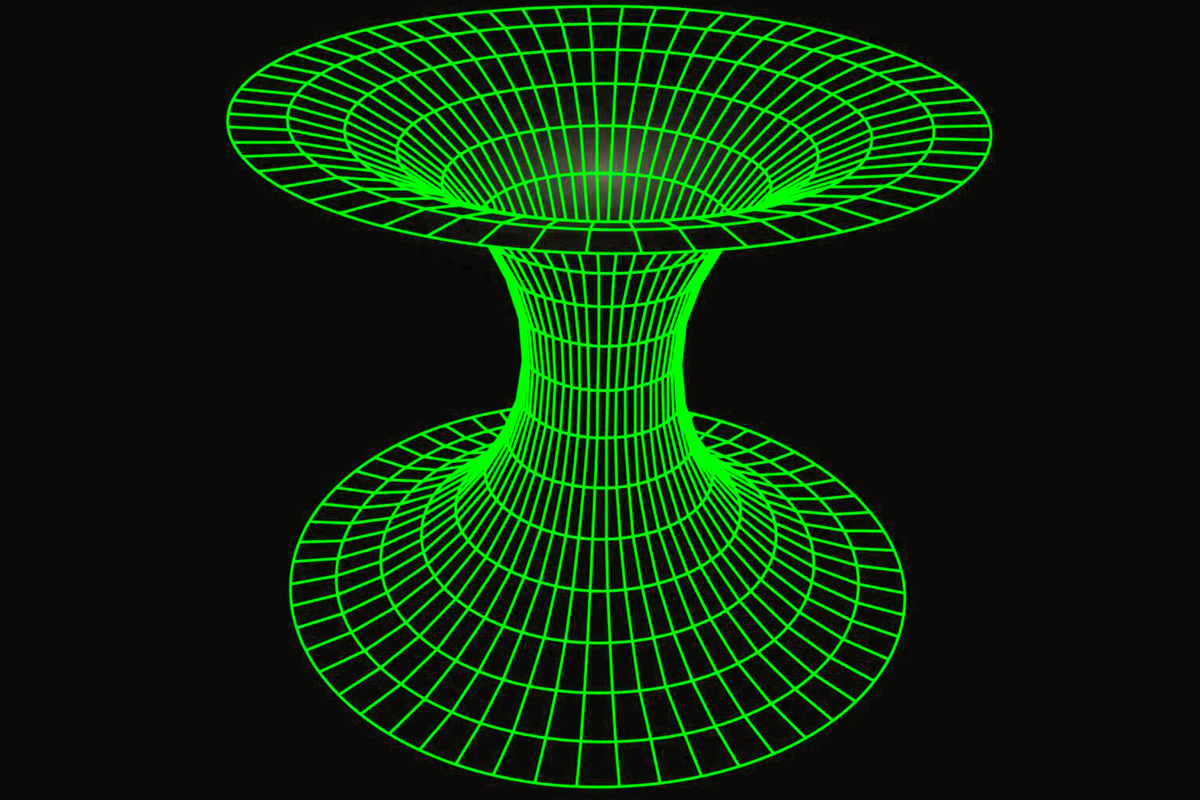Oxford scientists successfully achieve teleportation using a quantum supercomputer.

Scientists at the University of Oxford have reached a huge milestone in quantum computing by creating a scalable quantum supercomputer that can perform quantum teleportation.
This breakthrough tackles a big challenge in quantum computing called the scalability problem. The researchers believe their discovery could help bring this next-generation technology to a level that could shake up entire industries.
Quantum computing has been studied for decades, but only recently have major breakthroughs brought it closer to real-world use.
Using the principles of quantum physics, these advanced computers replace traditional bits—the ‘ones’ and ‘zeros’ that store and transfer digital data—with quantum bits (qubits). Unlike regular bits, qubits can be both one and zero at the same time due to a phenomenon called superposition.
This unique ability gives quantum computers the potential to be far more powerful than today’s most advanced supercomputers, which still rely on conventional technology.
Scientists have achieved quantum teleportation before, successfully transferring data between locations without physically moving qubits. However, this is the first time researchers have teleported logical gates—the building blocks of algorithms—across a network link.
The researchers believe this quantum teleportation breakthrough could be the foundation of a future ‘quantum internet’. This ultra-secure network could revolutionize communication, computing, and sensing.
“Previous demonstrations of quantum teleportation have focused on transferring quantum states between physically separated systems,” said Dougal Main, from the Department of Physics at the University of Oxford, who led the study.
“In our study, we use quantum teleportation to create interactions between these distant systems. By carefully tailoring these interactions, we can perform logical quantum gates – the fundamental operations of quantum computing – between qubits housed in separate quantum computers.
“This breakthrough enables us to effectively 'wire together' distinct quantum processors into a single, fully-connected quantum computer.”
The researchers also proved that this quantum system can be built and expanded using existing technology that is already available today.
“Our experiment demonstrates that network-distributed quantum information processing is feasible with current technology,” said Professor David Lucas, a principal investigator of the research team and lead scientist at the UK Quantum Computing and Simulation Hub.
“Scaling up quantum computers remains a formidable technical challenge that will likely require new physics insights as well as intensive engineering effort over the coming years.”
The findings were published in the journal Nature, in a study titled ‘Distributed quantum computing across an optical network link’.
Thanks for visiting Our Secret House. Create your free account or donate by signing up to never miss any news!





